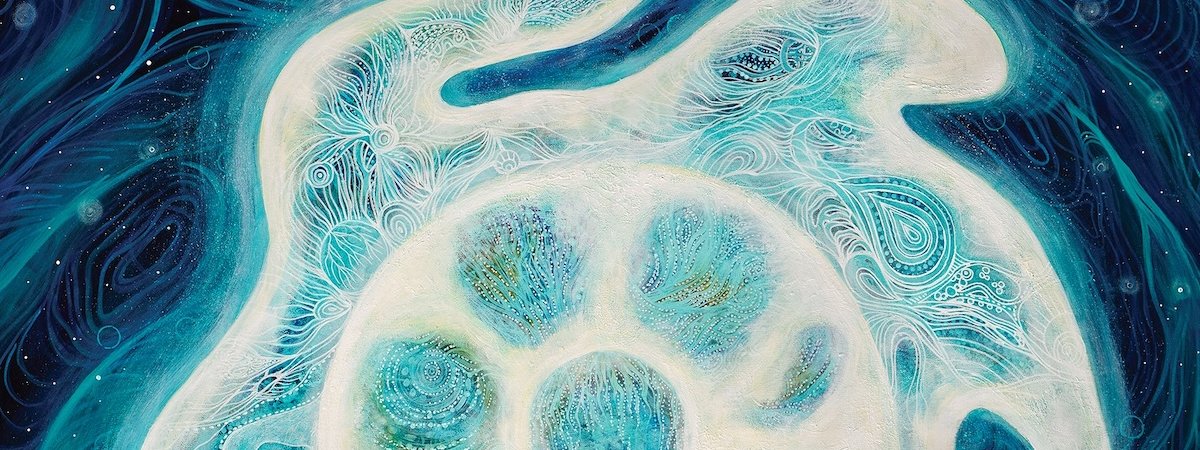Funding for this event generously provided by the Departments of Chemistry, Physics, and the Vice Dean for Research, Faculty of Arts & Science
Lectures Start 1:30 pm / end 5:30pm / First Workshop at 10 am
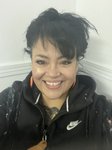
10:00 am - Capturing Nature through Indigenous Art - Inspiration and Technique
Jackie Traverse
Registration is required to participate in the 10:00 am event in Room MP 118. The workshop has a limit of 30 people. If you register late, you will be added to the waitlist.
Workshop details will be sent to confirmed registrants closer to the event date.
Please use the linked form to register for this event Registration form. Registration will close May 7th.
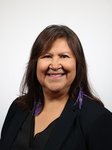
1:30 pm - Three-Eyed Seeing: How Can We Learn from Mino-Pimatisiiwin, Natural Law and Water
Prof. Myrle Ballard ( Department of Earth, Energy and Environment, University of Calgary, Director of Indigenous Science, Environment Climate Change Canada)
Abstract: This talk explores Anishinaabe stewardship laws that guide Indigenous people’s ethical responsibility for Aki and our well-being. Indigenous people have a strong connection with the Aki. When the Aki is traumatized, Indigenous people also suffer from the trauma. Anishinaabe laws are premised on ethical space and the need to respect Our Relations based on Anishinaabe laws and western science. This talk will discuss Three-Eyed Seeing and Anishinaabe stewardship laws, and when combined with Western science can be a powerful tool for respecting and protecting Aki. Indigenous language will also be discussed and how traditional naming of spaces and places can be effective monitors in how we protect and conserve our Aki (lands/waters).
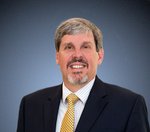
2:10 pm - Microfibers and Microplastics in Water: How Searching for Yooper Lights Got Me Looking At Water in Different Ways
Dr. Mark Jones (Retired Industrial Chemist, a Fellow of the American Chemical Society and an ACS volunteer).
Abstract: A type of Canadian granite is especially flashy when illuminated with UV light. Commonly called Yooper lights, hunting them has become a sport on the shores of Lake Superior. The world looks very different under UV light. Things that escape notice during the day jump out at night under UV light. Yooper light hunting got me looking more closely at the water and the sand. Man-made microfibers and microplastics are revealed with a UV light and a microscope. Looking through different eyes allows seeing contamination that normally goes unnoticed.
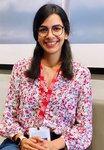
2:40 pm - " Burning Questions” Exploring the Science and Sizzle of Biochar from Wood and Crustaceans
Dr. Marzieh Baneshi (Postdoctoral Researcher, Stephanie MacQuarrie's Group, Cape Breton University).
Abstract: From rotting wood to stinky crab bodies, converting waste streams to valuable resources is the focus of research within the MacQuarrie Group. This talk will explore the collaborations established between regional industries and the MacQuarrie Group to enhance the use of biochar, produced from sustainable, regional biomass sources. We will not only highlight advancements in biochar production but also explore the applications of several value-added products derived from renewable sources. These include potential all-natural methods for purifying water in remote communities, as well as critical applications in reducing waste and addressing contamination issues at landfills. Low-energy pyrolysis generates a solid product called biochar. Historically biochar has been used as a low-value soil amendment, however, there has been a global increase in recognizing the potential of this interesting solid material. The process of fully characterizing biochar is tricky, as it is an in-soluble, heterogeneous black solid. We’ve used several complementary techniques (FT-IR, XPS, XRD, etc.) to gain a clear understanding of the properties inherent in the virgin biochar produced under slow pyrolysis from fisheries and forestry wastes. Other potential feedstocks include abundant deadfall, which can be easily utilized by remote communities. Unsurprisingly these biochars are primarily composed of stable, fixed carbon, but they also retain residual organics and minerals typical of their feedstocks. The partnerships and collaborations we have established have already led to significant advances in applications such as adsorption, catalysis, remediation, cosmetics, and more recently, the engineering of biochar-based carbon materials for potential use in “smart” technologically advanced material development for customizable applications. These successes demonstrate the potential of biochar to play a significant role in addressing various challenges related to the management and conservation of our water resources.
3:00 pm Break (Coffee/Tea)
Interactive Activities
Hands on Demonstrations/Citizen Science in Breakout Rooms:
“Lighting up Microplastics” - Mark Jones (MP 134)
“Biochar to the Rescue” - Marzieh Baneshi (MP 137)
Capturing Nature through Indigenous Art – Inspiration and Technique - Room MP 118 (registration required). Jackie Traverse will give a 1-hour discussion on art and drawing inspiration from Indigenous Knowledge with drawing paper/pencils provided to demonstrate technique.
Register here for this event: Registration form.
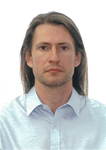
4:00 pm - The NWMO’s Journey: Learning from Water
Dr. Erik Kremer (Section Manager, Siting Safety Assessment at NWMO)
Abstract: The Nuclear Waste Management Organization (NWMO) is responsible for implementing Canada’s plan to contain and isolate used nuclear fuel, as well as non-fuel high- and intermediate-level radioactive waste, in a deep geological repository using a multiple-barrier system. The purpose of the repository is to protect water, people, and the environment. Today’s presentation will provide a look at how water guides the conceptual design of the repository, how we are learning from natural systems, and the ways we consider safety from a social perspective.
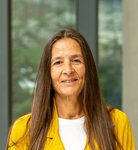
4:30 pm - Indigenous Worldviews on N’bi (Water): Responsibilities, Relationships, and Declarations
Prof. Sue Chiblow (Professor of Environmental Science, University of Guelph)
Abstract: Indigenous knowledges have sustained relationships and responsibilities to N’bi since the beginning of Creation. Indigenous knowledges relating to water contrasts with mainstream society. Indigenous knowledges’ view N’bi is as a living entity alive with spirit, as sacred, and is a relative not a resource to be controlled or bought and sold. Specifically, Anishinaabek relational worldview understands that all life is imbued with spirit, and we are in relationship with responsibilities to all of life including N’bi. Several Indigenous Water Declarations across the globe affirm N’bi is sacred with responsibilities based on relationality.
5:10 pm - Informal discussion
(reception/thank you)
*Science Rendezvous is Canada's Largest Celebration of Science - Free to the General Public - May 11th. This event is a prelude to the U of Toronto's main SR activities occurring on May 11th. Please see www.sciencerendezvous.ca for an event near you."

